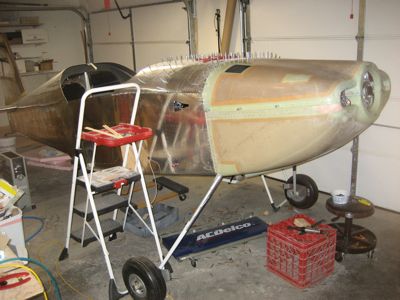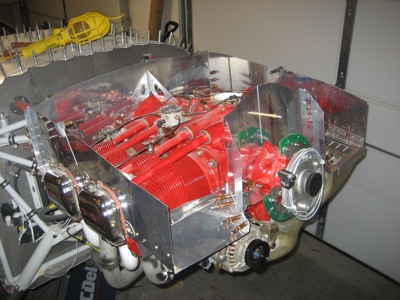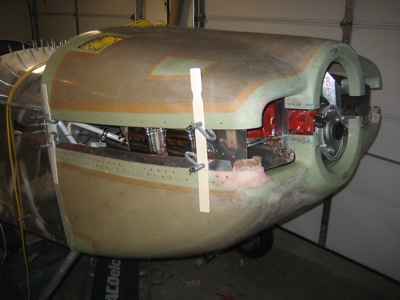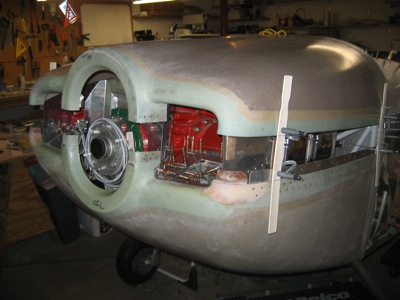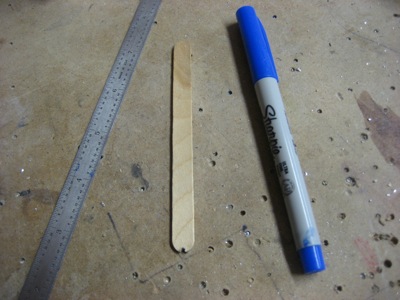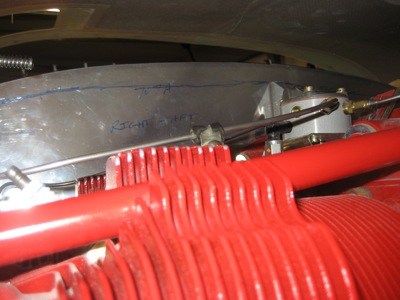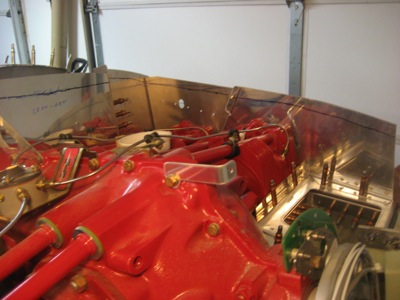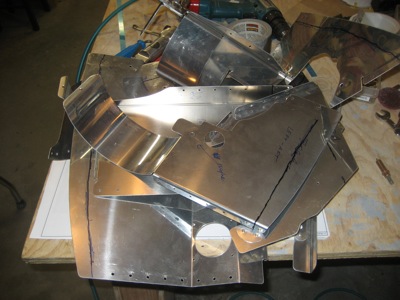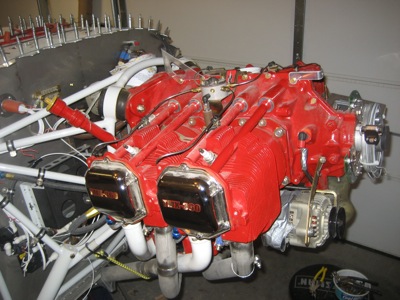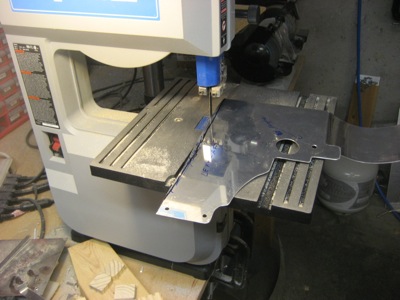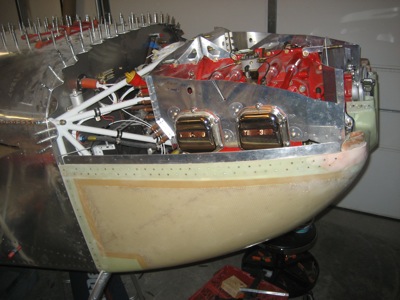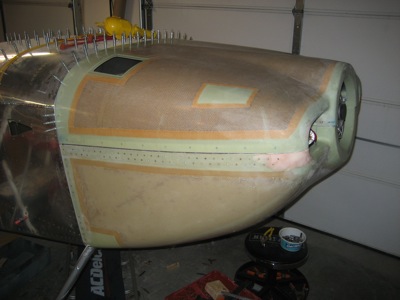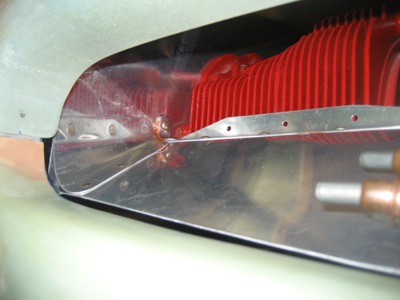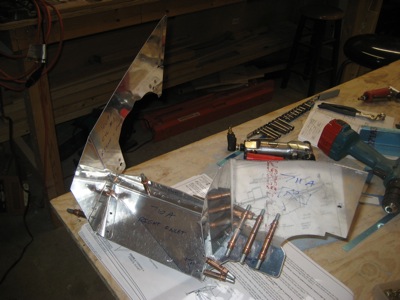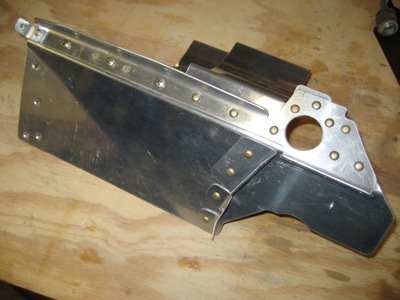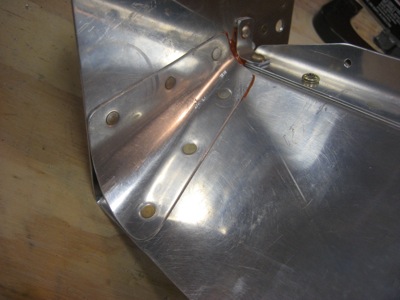Once the baffles are roughly trimmed far enough to generally fit under the top cowl, you then have to trim them further so you get a nice even gap all the way around the engine. I used the "old paper clip trick" to figure out what to trim and what to keep. I didn't invent this method, but here's how it works…
You start by putting a whole bunch of paper clips on top of the baffles. The jumbo size seems to work best.
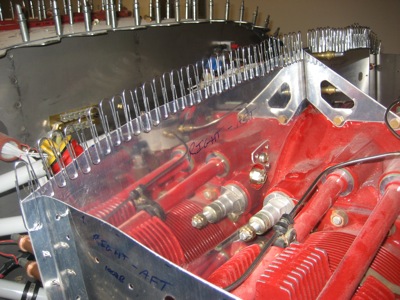
Then, very carefully put the top cowl on, and push it down onto the paper clips. Here's a view of what's happening inside, looking in from the oil filler door:
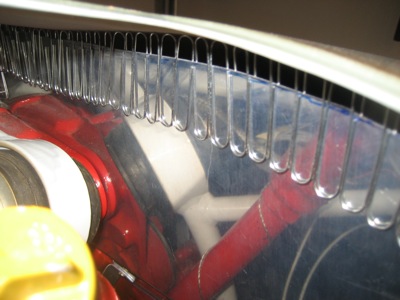
This is another view looking aft from the spinner opening:
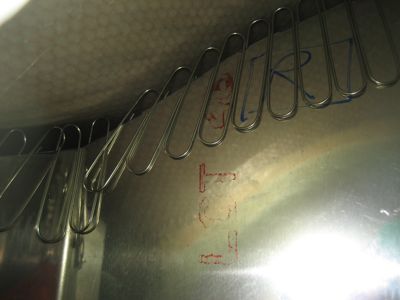
Then you carefully remove the cowl, and if you're lucky you're left with an impression of the inside face:
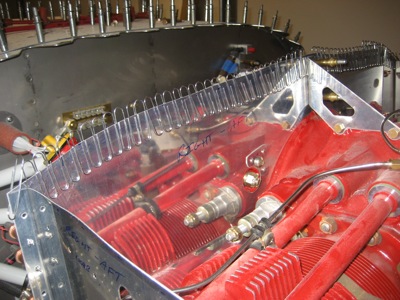
Mark a line the desired distance down from the top of the paper clips – without bumping them out of position! – and proceed to trim, file, and deburr.
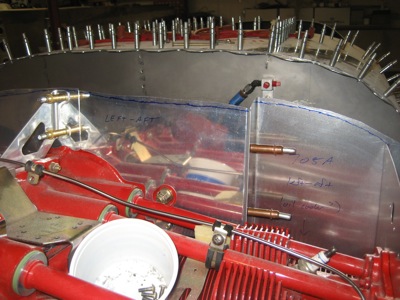
Then, repeat a dozen more times! Seriously, I did this for hours, tweaking the fit a little more each time. The baffles came off and went back on many many times, which I didn't bother to take pictures of. But the finished product looks something like this:
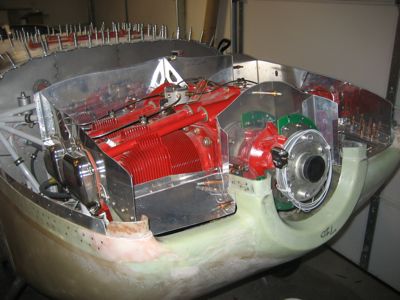
Not a very interesting picture, I know. So here's a shot of the whole airplane with the cowl on, which is more fun to look at:
